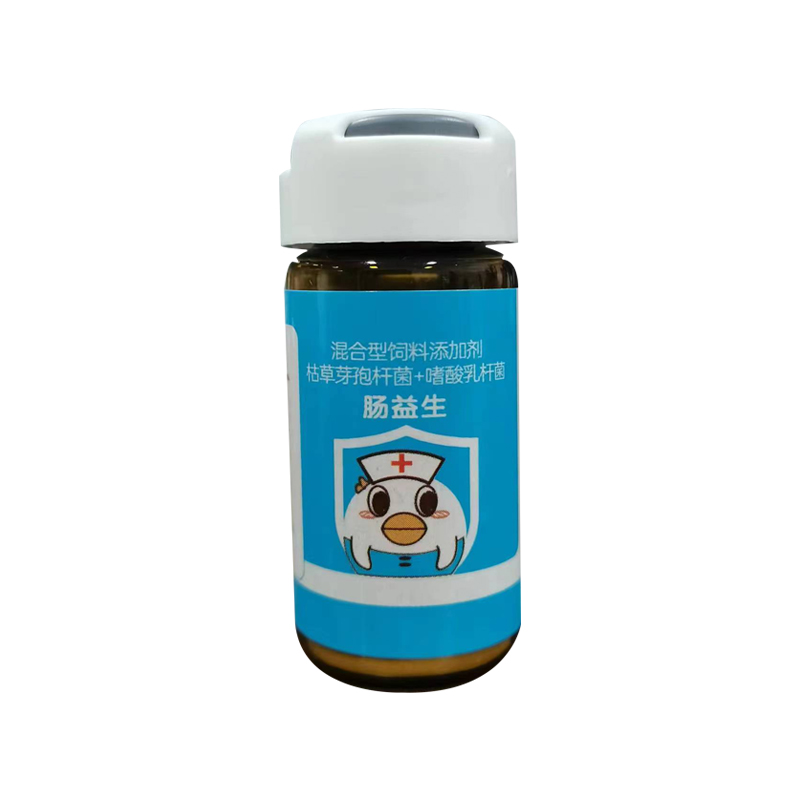
Дек . 03, 2024 16:40 Back to list
trypanosomiasis
Understanding Trypanosomiasis A Global Health Challenge
Trypanosomiasis, commonly known as sleeping sickness in humans and Nagana in animals, is a significant health challenge in many parts of the world, particularly in Sub-Saharan Africa. This disease is caused by parasites of the genus Trypanosoma, which are transmitted by the bite of infected tsetse flies. While it primarily affects both humans and livestock, the human form of the disease is often more publicized due to its severe impact on affected communities.
Types of Trypanosomiasis
There are two main forms of human trypanosomiasis Trypanosoma brucei gambiense (West African sleeping sickness) and Trypanosoma brucei rhodesiense (East African sleeping sickness). The gambiense form is more prevalent and accounts for the majority of cases, while the rhodesiense form is less common but can lead to a more acute clinical course. Both types have distinct geographic distributions and transmission dynamics, complicating control efforts.
Symptoms and Progression
The symptoms of trypanosomiasis vary depending on the stage of infection. The first stage, known as hemolymphatic, may present with fever, headaches, joint pain, and itchiness. At this stage, the disease is often mistaken for other tropical infections. If left untreated, the parasite crosses the blood-brain barrier, leading to the second stage known as meningoencephalitic, characterized by neurological symptoms such as confusion, sleep disturbances, and ultimately, coma, hence the name sleeping sickness.
For animals, particularly cattle, the disease presents a different profile but can have devastating economic implications. Nagana can cause weight loss, reduced milk production, and even death in livestock, directly impacting food security and rural economies.
Diagnosis and Treatment
trypanosomiasis

Diagnosis of trypanosomiasis relies heavily on clinical signs, serological tests, and parasitological examination of blood, lymph, or cerebrospinal fluid. In recent years, advancements like rapid diagnostic tests (RDTs) have improved case detection, particularly in remote areas where access to laboratory facilities is limited.
Treatment of trypanosomiasis varies according to the stage of the disease. For the first stage, medications such as Pentamidine or Suramin are used, while the second stage requires more complex treatments, including Melarsoprol or Eflornithine. Unfortunately, these treatments can have severe side effects and are complicated by drug resistance, making some strains increasingly difficult to treat.
Prevention and Control Strategies
Efforts to control trypanosomiasis focus on a combination of prevention strategies. Vector control measures, such as the use of insecticides, traps, and tsetse fly habitat management, are crucial in reducing transmission. Additionally, public health education and awareness campaigns are vital to inform communities about the disease and the importance of using protective measures.
Moreover, vaccination efforts are underway for livestock to reduce the incidence of Nagana and help limit the economic burden on farmers. Agricultural practices that improve livestock management also play a crucial role in mitigating the effects of the disease.
The Road Ahead
Despite global efforts and advancements in technology, trypanosomiasis remains a major public health challenge. The World Health Organization (WHO) and various non-governmental organizations continue to collaborate on initiatives aimed at eliminating the disease. These initiatives focus on improving surveillance, research into new treatments and a potential vaccine, and enhancing community engagement to foster a comprehensive approach to control.
In conclusion, trypanosomiasis is more than just a disease; it embodies the complex interplay of health, agriculture, and socio-economic factors. Tackling this condition requires a multifaceted approach, and while significant progress has been made, sustained efforts and global cooperation will be essential to eliminate the threat posed by this neglected tropical disease. Understanding and addressing the challenges of trypanosomiasis will not only enhance health outcomes but also contribute to the overall well-being of affected communities in Sub-Saharan Africa and beyond.
-
Premium Pecking Feathers Injection Solutions Trusted Manufacturers
NewsMay.24,2025
-
Epilepsy Solutions Trusted Manufacturer & Supplier Premium Quality
NewsMay.24,2025
-
Premium Anemia Solutions for Sepsis Care Trusted Suppliers
NewsMay.23,2025
-
Premium Serositis Manufacturer & Supplier Factory-Direct Solutions
NewsMay.23,2025
-
Rumen Obstruction Solutions for Cattle & Sheep Trusted Manufacturers
NewsMay.23,2025
-
Foot Rot Prevention & Treatment Solutions Trusted Manufacturers & Suppliers
NewsMay.22,2025




